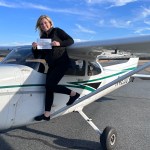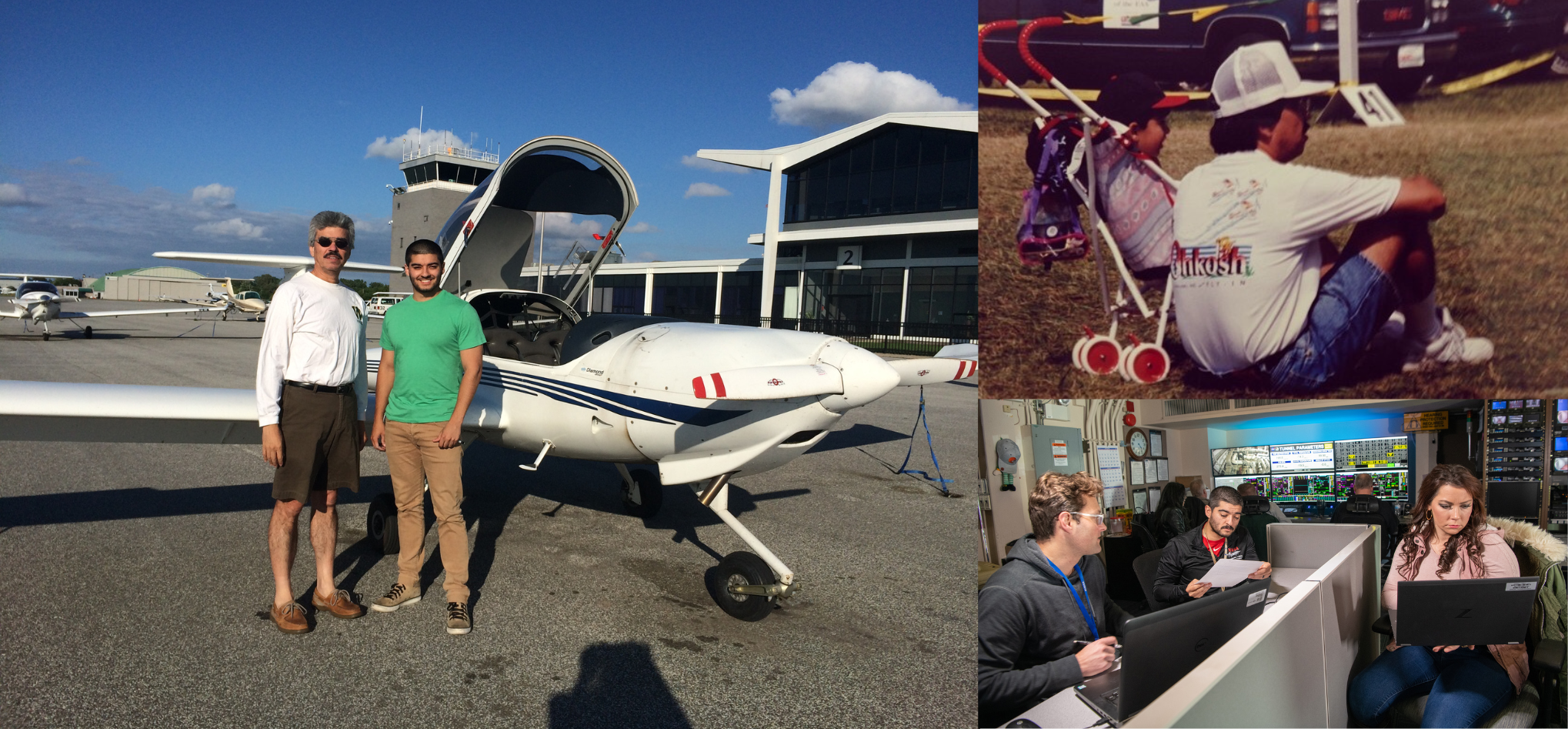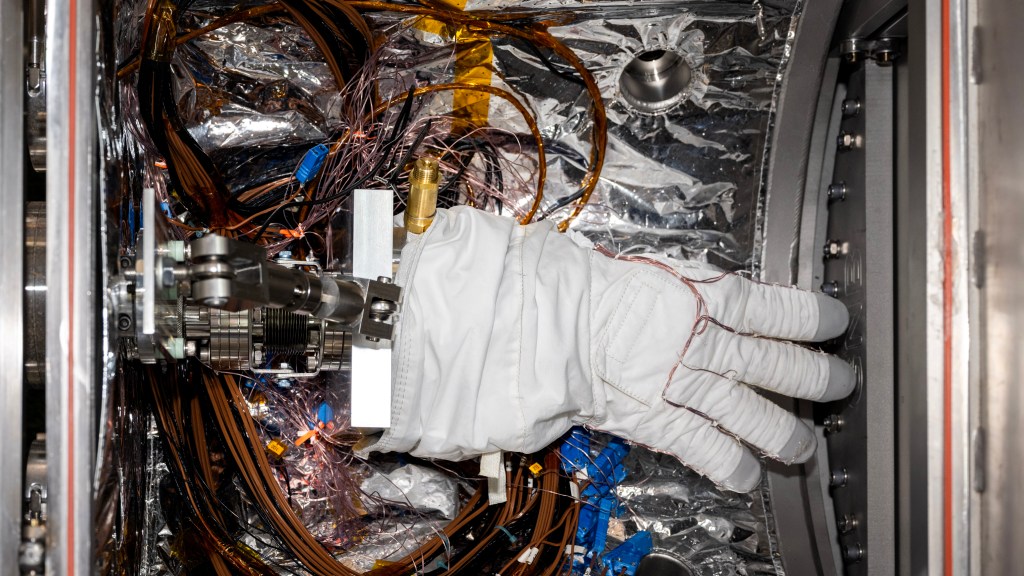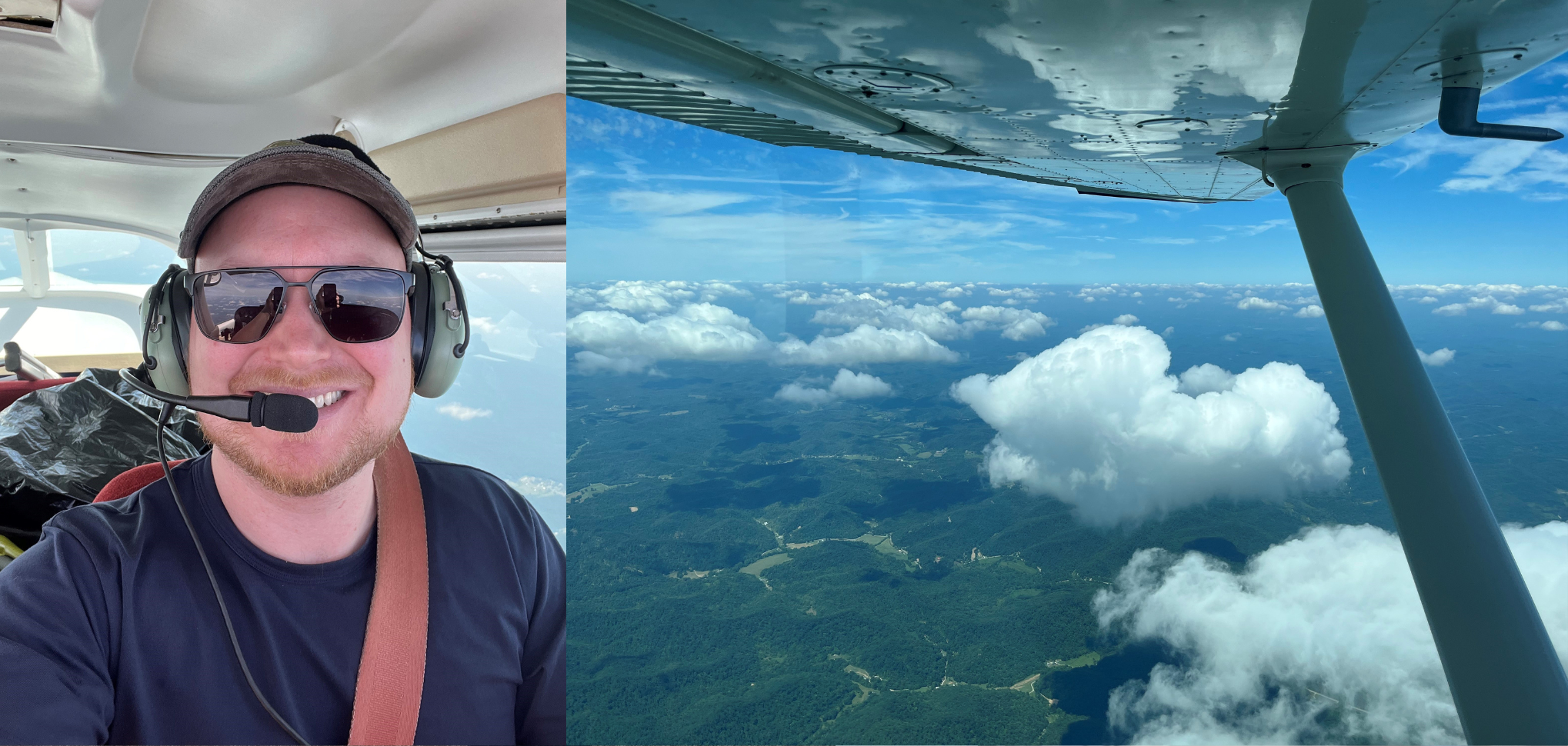The first “A” in NASA stands for aeronautics. Glenn Research Center in Cleveland is just one of several NASA centers conducting revolutionary research to make flight cleaner, safer, and quieter.
But an interest in flying goes beyond the professional for many at NASA. Meet a handful of NASA Glenn employees who have a personal connection to aviation, at work and beyond.
Jared Berg
“I think my flying and engineering work positively influence each other. Flying integrates a lot of technical disciplines and serves as a real-word application of things I know theoretically about aerodynamics or heat transfer.”

jared berg
Thermal Subsystem Manager for Gateway’s Power and Propulsion Element
Planting the Seed: Berg grew up reading aviation books with his family and building model planes. Attending the EAA AirVenture airshow in Oshkosh, Wisconsin, throughout childhood inspired him to pursue flight training once he had a full-time NASA job.
Joining the Club: Berg is currently a member of the NASAIRS Flying Club at NASA Glenn, which he says helps make flying more accessible and lets him constantly learn from other pilots.
Flying High: Berg has now been flying recreationally for over a decade and considers it a part of his everyday life. “Flying allows an escape from the mundane and brings a sense of adventure to traveling,” Berg said. “You also get to experience nature, specifically weather but also the land you’re flying over, in a way that’s relatively raw and somehow personal.”
Lindsay Kaldon
"I love the feeling after takeoff and when you’ve reached cruising altitude. It’s as if all the stresses of life wash away when you’re up there in the sky. Being up in the clouds with all the beauty of the Earth below, it’s as if you’re in heaven.”

Lindsay Kaldon
Fission Surface Power Project Manager
Air Force and Astronauts: Kaldon’s father was an Air Force F-16 crew chief and a member of the Thunderbirds demonstration team, so Kaldon was no stranger to jets growing up. “Every day was an airshow living on the base that they trained out of,” Kaldon said. After earning a bachelor’s degree in electrical engineering, Kaldon joined the Air Force herself with hopes of one day becoming an astronaut.
Going Solo: Kaldon later earned her private pilot’s license and says she’ll always remember her first solo cross-country flight. She chose Kitty Hawk, the site of the Wright brothers’ first flight, as her destination.
Keeping the Energy: A monument that stands along the runway at Kitty Hawk is inscribed with words Kaldon remembers whenever solving difficult challenges through her work at NASA. “It says, ‘Achieved by Dauntless Resolution and Unconquerable Faith.’ The Wright brothers were faced with a lot of doubters who didn’t think flight was possible. Yet they proved them wrong and never gave up,” Kaldon said. “I love that. When things get tough, I just close my eyes and think about that phrase.”
Lori Manthey
“I encourage anyone who has an interest in flying to take a discovery flight at your local airport. If you get bitten by the flying bug, it just may become a life-long obsession. Ask me how I know!”

Lori Manthey
Chief of Administrative Services and Exchange Operations Manager
Head in the Clouds: After a discovery flight in a small Cessna 150 plane, Manthey was hooked on flying. On weekends and evenings after beginning a full-time NASA job, she hopped in a Piper Tomahawk single-engine trainer at Lorain County Regional Airport to earn her private pilot certificate. “I love the feeling of floating in the air and seeing the world below,” she said.
Women in Aero: Manthey is passionate about advancing and supporting female pilots and currently serves as membership chair of the Lake Erie chapter of the Ninety-Nines, an organization started by Amelia Earhart in 1929. She is also a member of the Cleveland chapter of Women in Aviation.
Looking to the Future: Every year, Manthey participates in Girls in Aviation Day at Cleveland’s Burke Lakefront Airport to introduce girls to the world of aviation. “I think it is so important to help encourage young women and girls to become part of the next generation of female pilots,” she said.
Back in the Cockpit: Manthey is currently working to earn her instrument rating, which will let her fly “blind” in cloudy and foggy weather conditions.
Waldo J. Acosta
“Flying gives me a thrill. The perspective you’re able to see of the world from up in the sky is a special feeling. Aircraft have the ability to take us all over the world so we can experience different cultures and meet different people, and that has shaped me into who I am today.”

Waldo J. Acosta
Icing Research Tunnel Lead Facility Engineer

Family Ties: Throughout Acosta’s childhood, Acosta’s father, a former researcher at NASA Glenn, brought his family along on work trips to the EAA AirVenture airshow in Oshkosh, Wisconsin. “I fell in love with everything related to flying during those trips, and they set the tone early on my path to working in aviation,” Acosta said.
Next Steps: Acosta started taking flying lessons while studying aerospace engineering at The Ohio State University, eventually receiving his private pilot’s license.
Safety First: Overseeing testing and maintenance operations at NASA Glenn’s Icing Research Tunnel, Acosta is now directly involved in aviation safety research. The facility, the longest-running icing wind tunnel in the world, helps NASA and industry study how ice affects aircraft and test ice protection systems and tools.
Flying Full Circle: Acosta still attends airshows every chance he can get and has taken both his father and wife soaring into the clouds.

































